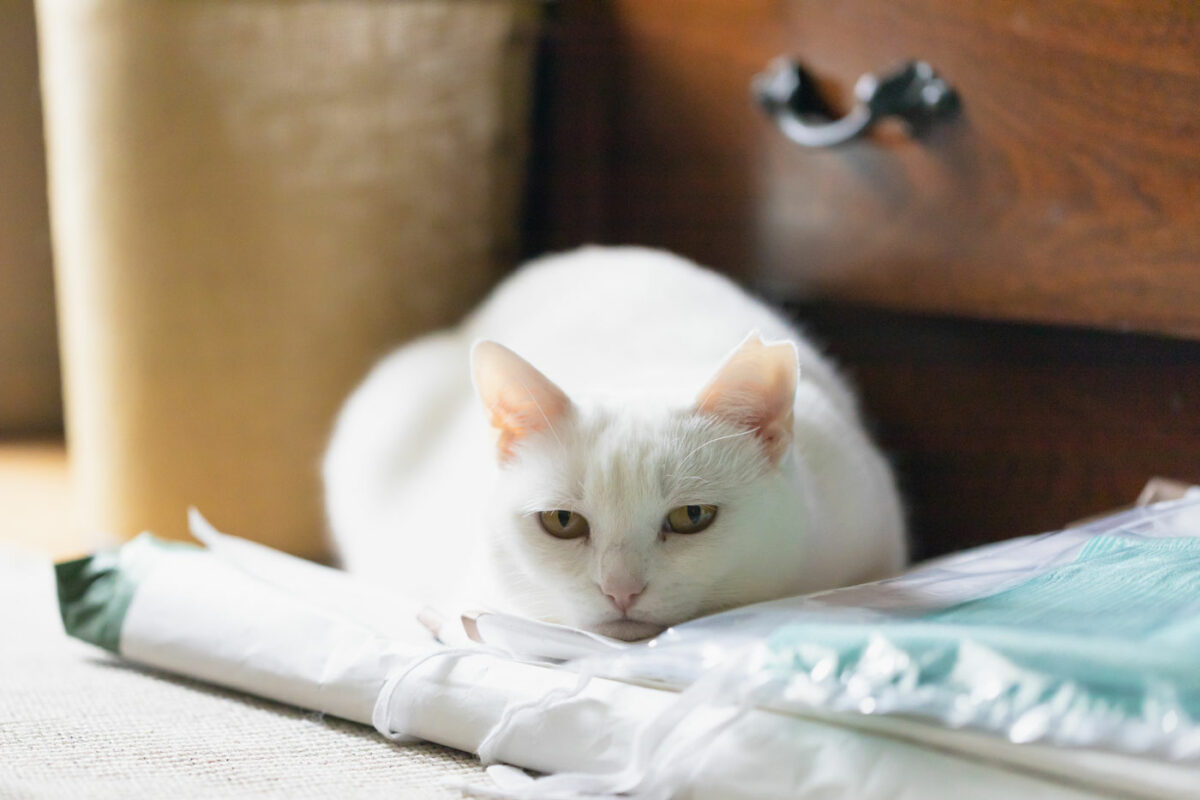In his 1868 book, The Variation of Animals and Plants Under Domestication, Charles Darwin mentioned white cats with blue eyes are often deaf. Was he right about white-haired, blueeyed cats?
Yes, he was. Many studies have found that white-haired, blue-eyed cats were either completely deaf or deaf in one ear, with the other ear being able to hear.
These deaf white cats, as they are often called, were born that way, with an inherited sensorial birth defect that inhibits the cochlea from transferring sound from the outer ear to the auditory nerve and into the brain.
They possess an interesting trait, though, since they often see better than cats with normal hearing. Supranormal visual perception, as has often been seen in deaf or hearing-impaired humans, is their superpower!
In many ways, cats experience the world the way humans do, by combining their visual and auditory perceptions to create a single worldview. Cats also hear the low range of sounds that humans can, and they can perform similar acoustic sounds as humans. Studying deaf white cats has enabled us humans to discover that restoring hearing at an early age is very important for their (and our) auditory system’s development.
Also, deaf white cats have enabled us to develop cochlear implants, which, nowadays, benefit both people and kitties alike!
So, we owe much to our feline friends. They’ve helped us understand our own hearing impairments. They’ve assisted us in discovering the importance of early intervention, where hearing loss is concerned.
And they’ve even helped us create cochlear implants to correct hearing loss when such a correction had, at one time, seemed impossible!

